The most stimulating learning environment is a wonderland of images, colour, questions and surprises. The best display work comes from the pupils themselves and this page contains plenty of ideas to get you started.
Aim for a mixture of styles and content. Some displays can be a celebration of achievement while others can be practical visual aids for teaching.
I believe that learners will feel most comfortable in a bright, interesting and stimulating environment. I am sure a room with blank walls or poorly displayed material will add to any issues a student may have with the subject.
I don't think there is a danger of sensory overload after initially seeing a stimulating display as the human brain is very effective at focussing on the relevant when it needs to.
Enjoy designing your classroom displays and please do share photos either by email or on Twitter @Transum
Maths Analogies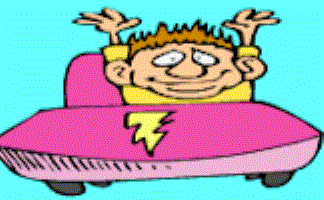
Here is your chance to create some attractive cartoons for your display boards. The amusing pictures could be about analogies that are used to help remember or explain mathematical concepts. Go CreateNumber Grids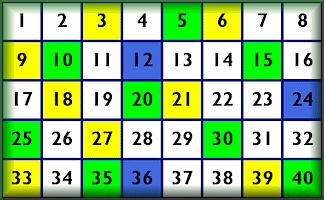
This activity has stood the test of time. For years learners have been colouring in multiples on number grids of various dimensions to better understand the properties of the multiples from the patterns they create. Click the button below to access the number grids and a list of different activities that might suit the pupils in your class. Go CreateFraction Wall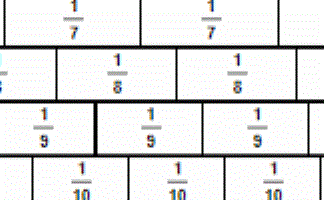
Here is another well-worn and time-honoured idea for a classroom display. A fraction wall provides pupils with a clear visualisation of equivalent fractions, something that many pupils struggle with in both Primary and Secondary schools. Bring out the artist in yourself to choose a colour scheme for the bricks and then share a photograph of your masterpiece! Go CreateProbability Washing Line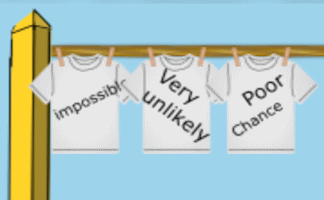
Hang out the washing on the line so that the probability words on the t-shirts are in order. Go CreateSnowflake Generator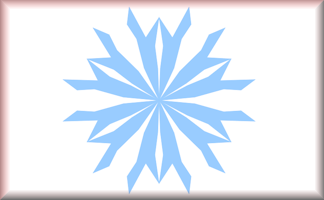
See how the hexagon can be transformed into a snowflake with some basic translations. Go CreateEquivalent Fractions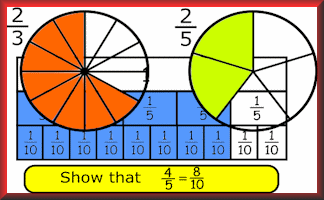
Lots of colour is required to make this an outstanding, memorable display about fractions. Finding all of the ways the sectors of a circle can be selected to represent equivalent fractions produces a pleasing, decorative pattern. The main learning opportunity though is in producing the display! Go CreateSnake Sort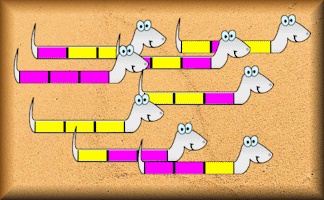
Many times I have provided multilink cubes to pupils and challenged them to find all two-colour, three-cube snakes and then to arrange them in a logical order. Recognising the patterns a logical order produces could be the learning provided by a large snake display. Go CreateKite Maths
Sheets of coloured A4 paper can quickly be folded (only three steps) into beautiful kite shapes. The angles in these kites are nice factors of 360 degrees so that a number of kites can be used to make a pattern which sets the scene for learning about angles. A very effective display can be produced in less than half an hour of class time. Go CreateFactor Trees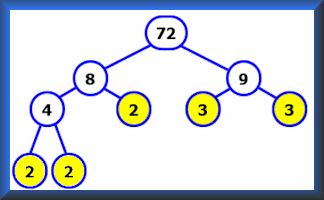
I have had to remind pupils countless times that drawing factor trees is a good strategy for prime decomposition. If only I’d had a large example on the classroom wall that would have lodged itself in their memories! You could use paper plates to write the numbers on and coloured masking tape to produce the connecting lines. Easy! Go CreateTangram Challenge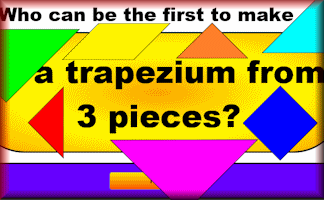
Creating a tangram puzzle is a rich activity involving measurement, construction and following instructions precisely. When the shapes have been cut out the fun really begins. The idea for this display is to use the pieces of the tangram to make regular and irregular polygons working out which shapes are possible and which are not. The display will form a reminder of the names of the shapes constructed. Go CreatePolygon People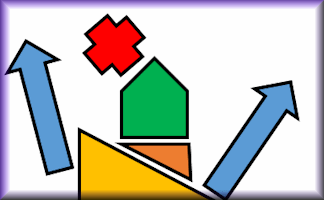
How about making an interactive display? One where pupils can pin name labels to shapes? Or a display accompanied by a worksheet pupils can fill in with questions about the shapes used in the display. The idea here is to make displays of cartoon-like people and animals made out of polygons and circles. Let your imagination go wild! Go CreateOnline Curve Stitching
Create curves with straight lines using this online alternative to needle and thread. Go CreatePie Chart Creator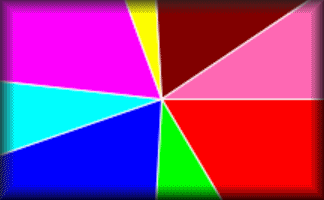
Pie charts can be colourful and an obvious candidate for classroom display material. Pie charts can represent many types of data but are probably most effective and meaningful when displaying data about the pupils in your class. They will also have relevance if constructed by your pupils using a protractor. Go CreatePolygons
A display of the shapes pupils should know the names of can be a colourful visual aid. Rather than have the names of the shapes readily visible they could be under flaps so that pupils can test themselves while standing in front of the display. Depending on the age of pupils you may add a line symmetry or rotational symmetry aspect to the display too. Go CreatePaper Constructions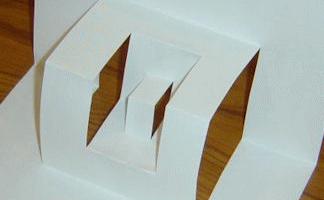
Do you remember the pop-up books we enjoyed reading as children? There is something stunning about pictures or designs that stand out in three dimensions. The button below links to lots of ideas for paper construction displays. Go CreateArea shapes
Investigate polygons with an area of 4 square units. This is your starting point, you can decide how to proceed. Go CreateVowelless
I have seen some very effective displays made up of mathematical words with the vowels missing. These displays draw pupils in to work out what the words are. You can easily make a display of vowel-free words in your word processor choosing the vocabulary most relevant to your pupils and print out using a very large font and coloured paper. Go Create |
Wordles
Mathematical words should be as familiar as old friends. The more learners see the words the better they will remember them. Why not display some key words in a style that represents their meaning? You’ll be surprised how good a Wordles display can look and how it could help learners with their mathematics. Fractal Mosaic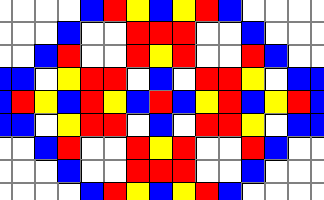
Begin with this exercise in following very precise instructions. The pattern pupils will produce is a basic example of a fractal, a design produced by repeating the same set of rules repeatedly. Pupils can then produce different patterns on squared paper using crayons and extend the pattern so that is becomes huge. Will that cover that empty notice board? Go CreateFour Colour Theorem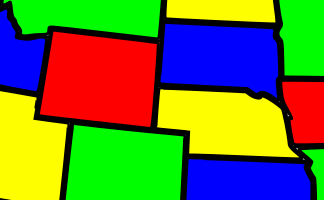
Show that no more than four colours are required to colour the regions of the map or pattern so that no two adjacent regions have the same colour. Now if this isn't an invitation for a colourful display I don't know what is! A display based on this investigation will brighten up the darkest corner of any room. Go CreatePentominoes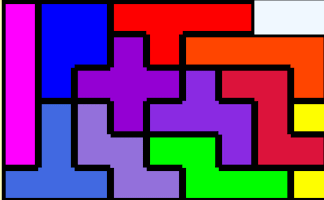
Pentominoes are shapes made from five squares. There is no reason why they can't be coloured in or made from colourful paper. Displays can then be made showing how the set of pentominoes can be arranged to fill rectangles of various dimensions. Go CreateOptical Illusions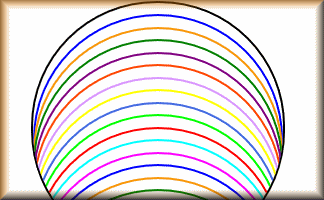
Make your own large versions of these mathematical optical illusions. You can produce a display that will draw in pupils and create mathematical discussion between lessons. Perfect for a corridor or to keep parents on their toes at parents’ evenings. Constructing the diagrams might be a challenging yet interesting homework assignment for older pupils. Go CreateTessellations
The study of tessellations is fascinating. Starting with regular polygons then moving on to irregular shapes and semi-regular tessellations there are many opportunities to learn about angles while producing some stunning display work. Go CreateMystic Rose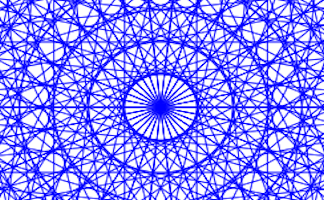
The Mystic Rose investigation produces the most beautiful designs. Use different colours for each stage of the design and the mathematics becomes extremely visual. Technology may also be used to help with the constructions. Go CreateThe Great Dodecahedron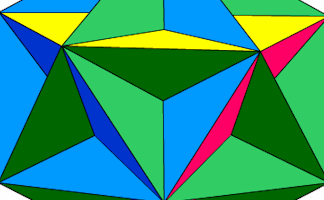
Pupils are not allowed to use their hands to point but must describe fully any shapes they can see in this picture. Go CreateMagic Square Puzzle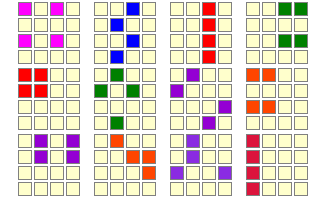
Magic squares are as old as the hills but still contain surprises. Begin by doing the online activity recording the patterns of four cells that add up to the given total in a four by four magic square (there are more than you think). The next step is to make sense of the patterns found. Can they be grouped together in a logical way or is there a sensible order to them? A display will help communicate to others what discoveries have been made. Go CreatePascal's Triangle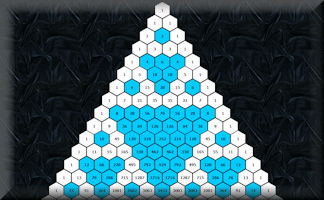
A large, impressive Pascal's Triangle can be made from paper plates. Draw one number on each plate, use lots of Blu Tack and a tall wall. Fascinating patterns can be created by colouring in multiples of particular numbers and there are many sequences to be found within the triangle. Go CreateSearch for Infinity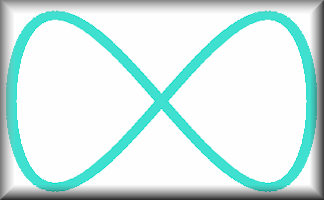
Manipulate the Lissajou curve to produce a perfectly symmetrical (vertically and horizontally) infinity symbol. Go CreateFormulas To Remember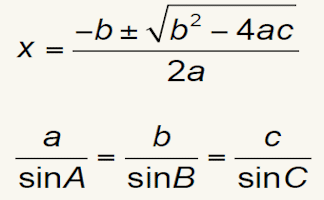
Even before they have learned to use them, nicely presented formulas will be remembered by pupils forever! Go CreateNumber Line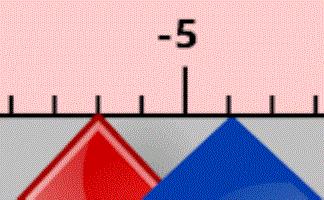
Negative numbers crop up again and again in mathematics lessons. A large number line over the whiteboard is a must. Go CreateTimes Tables Tips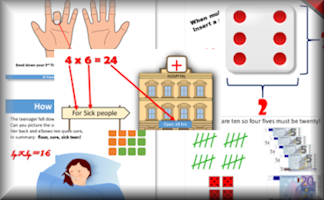
Drawing pictures, creating cartoons and taking funny photographs are very effective ways of remembering the difficult multiplication facts. Go CreateWrapping Paper Patterns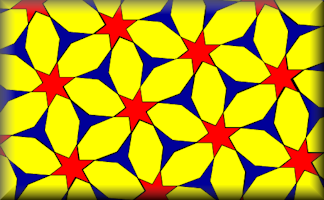
Creating or examining gift wrapping paper reveals a branch of mathematics on frieze patterns. Go CreateHistory of Maths Timeline
Have you ever felt brave enough to create a timeline showing the history of Mathematics in your classroom? It can be a fantastic visual aid for students, helping them to understand the historical context and development of mathematical concepts. Go Create |
My updated #mathsmastery display. Working out unknown angles in year 6. Interesting challenge for them 😊 #primaryrocks #mathscpdchat #maths #edchat #ukedchat #twinkl #SLTchat pic.twitter.com/79V4eSnkLi
— shell (@mathsmadMK) February 6, 2018
New year, new working wall! Check out this Year 1 maths display. 👏 pic.twitter.com/zf5Hvi5TVM
— Maths — No Problem! (@MathsNoProblem) January 4, 2018
Angry Birds 3D shape maths display. pic.twitter.com/x77GiJblhI
— Mr Phillips (@MrPhillipsUK) November 8, 2017
Love this interactive, changeable classroom #maths display #mathsteacher #mathchat #ukedchat pic.twitter.com/8uzzuCjq9B
— Isabella Wallace (@WallaceIsabella) May 10, 2014
Slightly unfortunate that the 'o' fell off this classroom maths display.... #thankgodthechildrendidntgetit pic.twitter.com/PYkda0IB
— Amy Cooke-Hodgson (@amycookehodgson) October 17, 2012
Spaghetti mathematica! Trigonometric ratios + unit circle + graphing functions + pasta = an unforgettable lesson #iteachmath #mathchat pic.twitter.com/QYcGzM4Rxc
— Eddie Woo (@misterwootube) May 20, 2019
SYMMETRY DISPLAY LETTERS
— David Morse (@Maths4Everyone) July 3, 2018
These are not only a good starting point for symmetry discussions, they are a lovely way to brighten up noticeboards, or any other part of a classroom (or corridor).
Download all 26 letters from --> https://t.co/TpIcY25Q10@Tes_Maths @TesResources pic.twitter.com/PJF0v6ILkq
My newest display in my classroom. Credit for the idea goes to @c0mplexnumber - amazing!! pic.twitter.com/t81cQZJuCv
— Mrs Love's Maths (@MrsLove_Maths) July 20, 2016
A #KS2 classroom display idea on proving maths statements: Get more ideas: http://t.co/kfIiokfLRc pic.twitter.com/mjXPUNiiqr
— Collins Primary (@CollinsPrimary) July 22, 2015
Great classroom display for your plenary and extension ideas #maths pic.twitter.com/sPNresEULM
— Frances Sparrow (@Frances_Sparrow) October 11, 2014
Beautiful and impressive bulletin board created for @Cramirez_edhs by Mrs. Gutierrez Calculus students. Putting math to work! #AztecEmpire #TeamSISD #unstoppable pic.twitter.com/sX6jtTD2Zo
— Valerie Hairston (@VHairston_EDHS) October 20, 2018
Within minutes, we are engaging with our @brisdaleps math bulletin board. #engagemath @PeelSchools @WODBMath pic.twitter.com/cS0EsKdA68
— Melissa Pennarun(@EmmPenn32) October 16, 2018
Building our Everyday Counts bulletin board and getting into the routine! We are loving ❤️ this new part of our daily math lessons! @CBjlemon @cbsdmath #calendarmath 📊📅📉 pic.twitter.com/NmXGZTLWhs
— Katrina Gunning (@gunning_katrina) October 11, 2018
Added some more math vocabulary today to our bulletin board! #gwinpride pic.twitter.com/4uQJfbxpMn
— Kitty Denton (@KittyDenton3) October 10, 2018
What a great idea for a math bulletin board. Math is EVERYWHERE! pic.twitter.com/Wqhy600lPJ
— ONTSpecialNeeds(@ONTSpecialNeeds) September 20, 2018
Keeping this bulletin board up all year and adding to it as we go. The kids know where to look when they forget. #math #iteachmath pic.twitter.com/HraXTNghH5
— Joshua Peretti(@4Cmathteacher) January 30, 2018
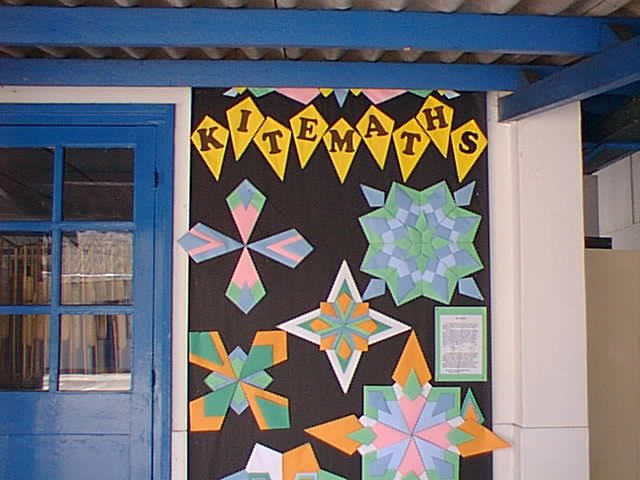
Fractal Mosaic
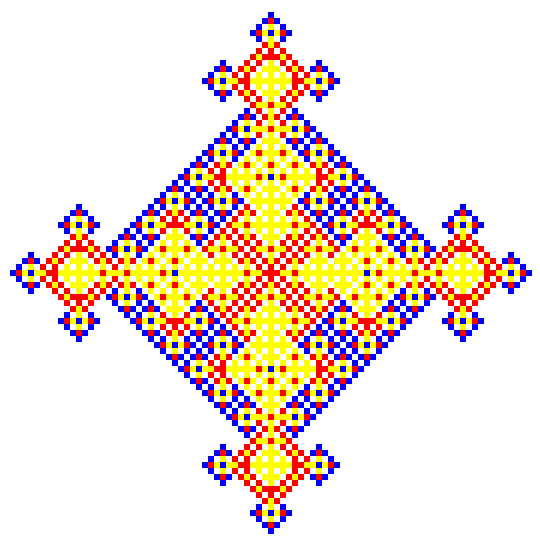
Mystic Rose
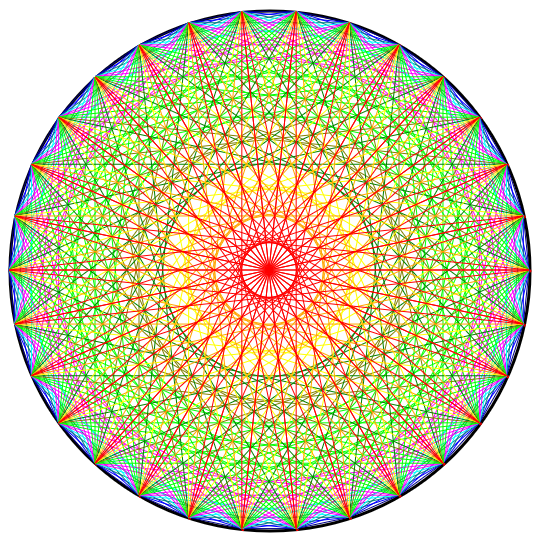
Magic Square Puzzle
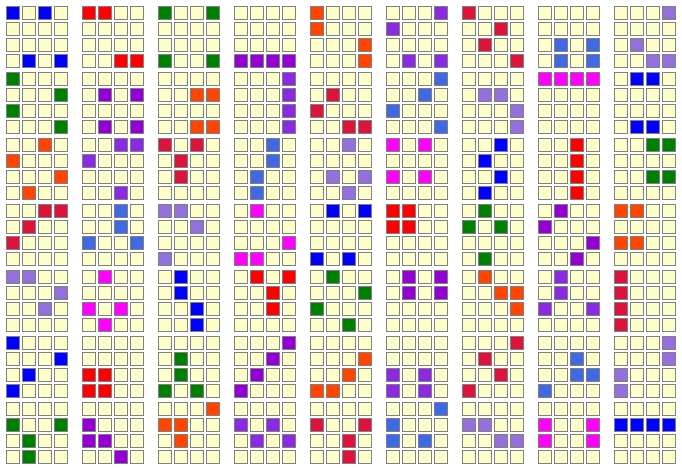
The Story of Four
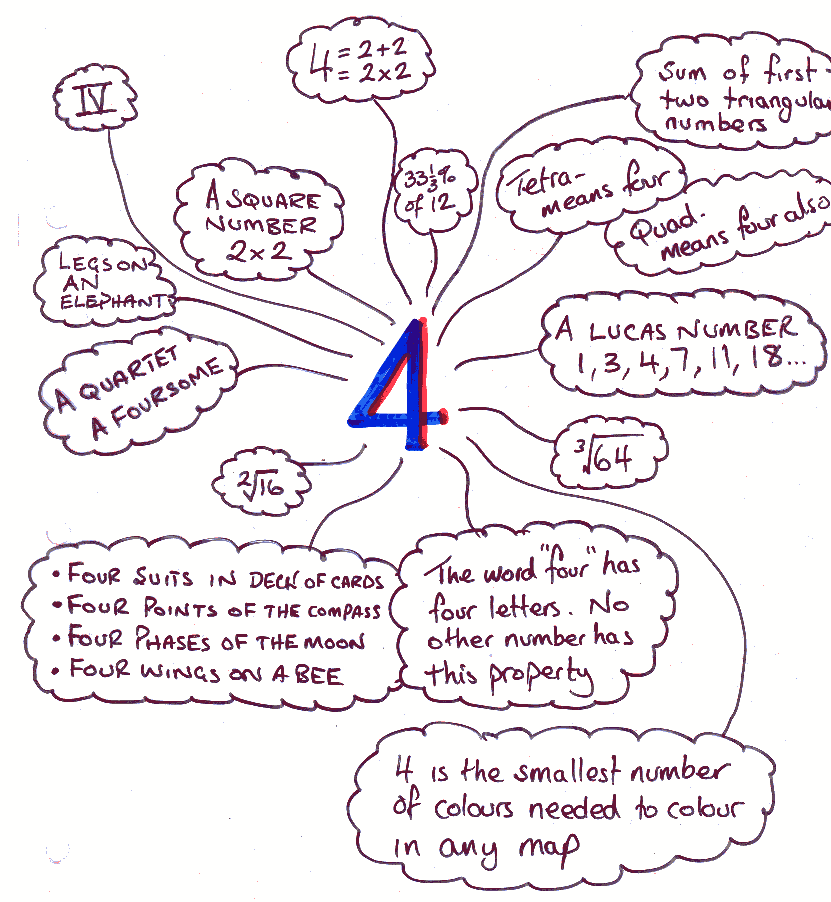
Rotational Symmetry
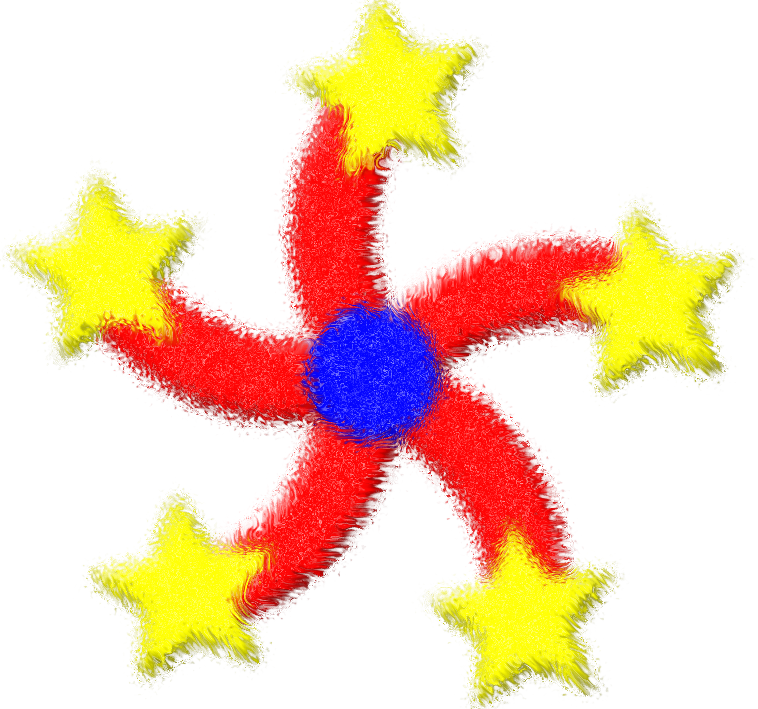
Lissajou Curves
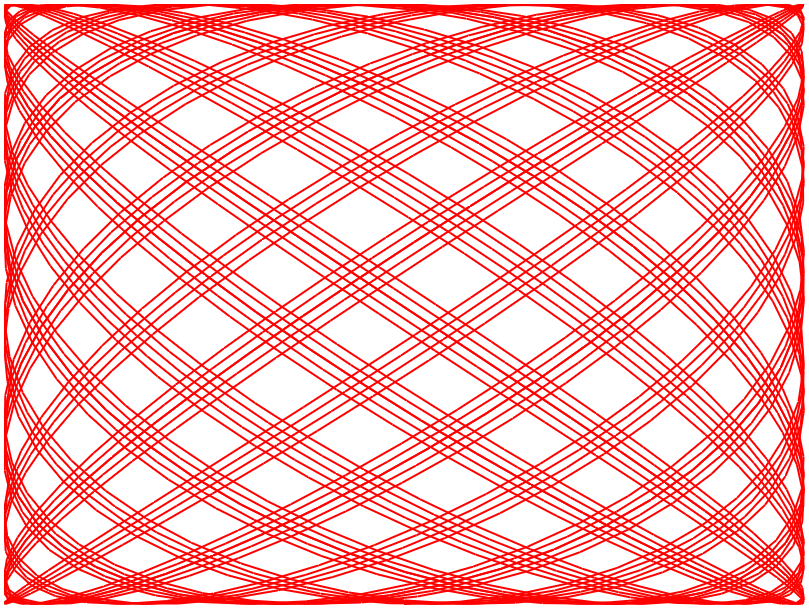
Door Angles
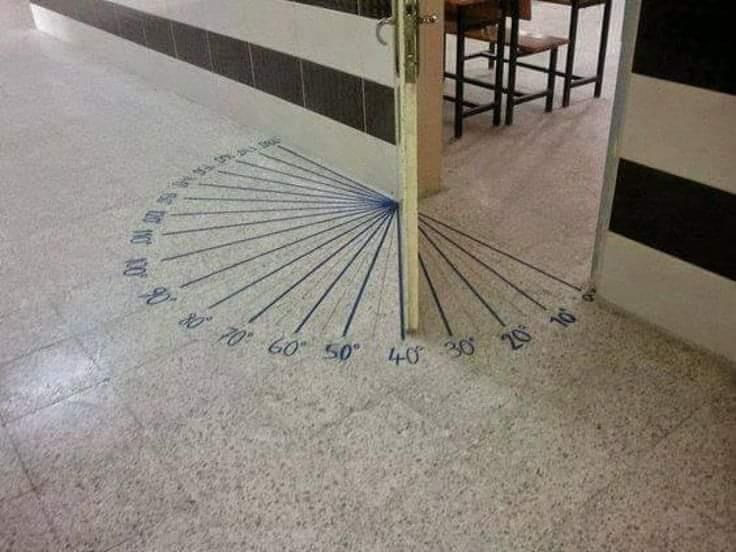
Step Tables
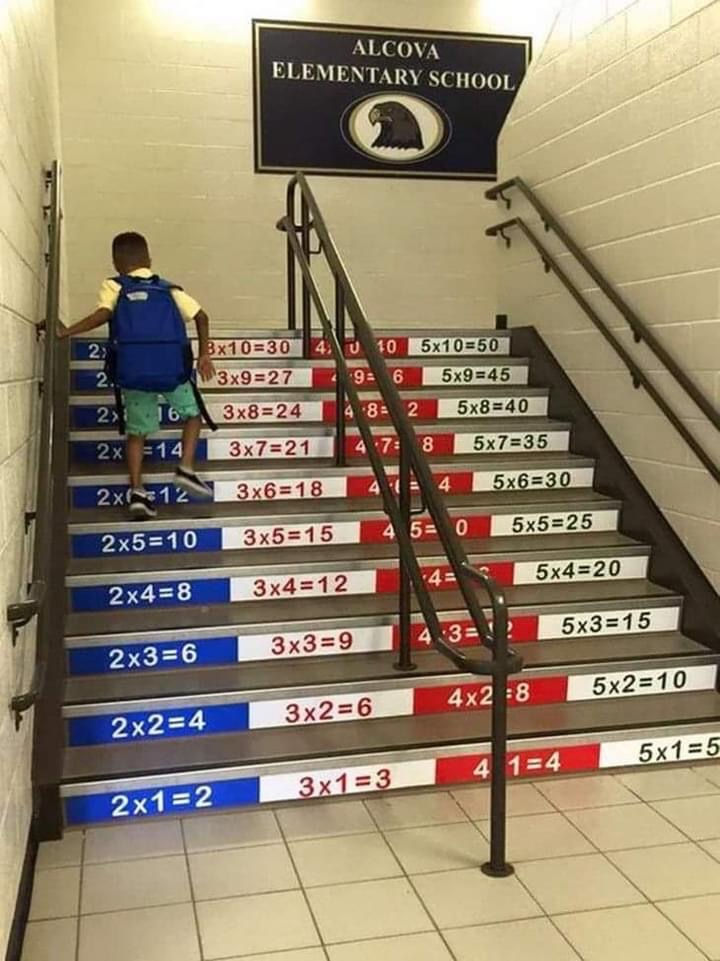

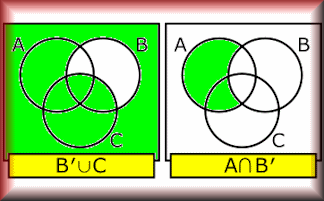
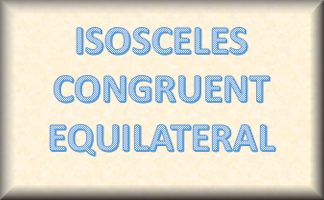


Linda,
Wednesday, October 18, 2017
"I have been using Transum for many years now, since 2007, and have always been delighted with the scope it offers. I have also noted how the site has grown and developed into an indispensable tool for the classroom. Thank you for all your hard work and good luck for the future."
David Wells, Twitter
Thursday, August 5, 2021
Beau Shakeshaft, Twitter
Saturday, August 7, 2021
Preston School Maths, Twitter
Wednesday, May 25, 2022
Miss Herring, Twitter
Thursday, August 11, 2022
Nathan Day, Twitter
Tuesday, August 30, 2022